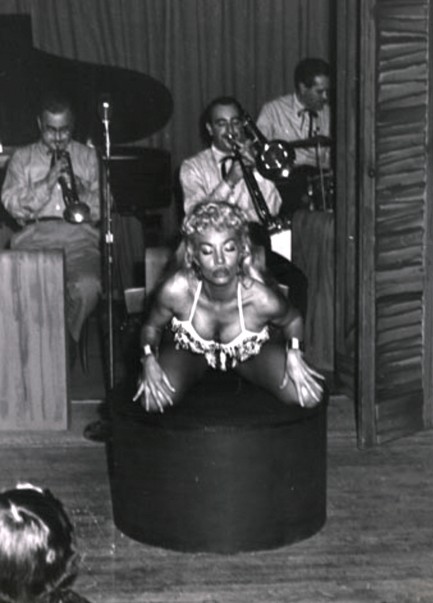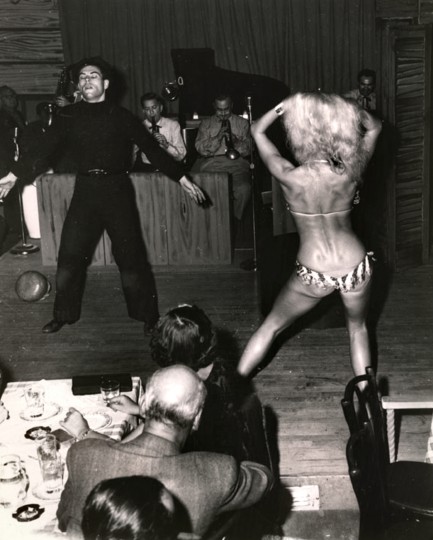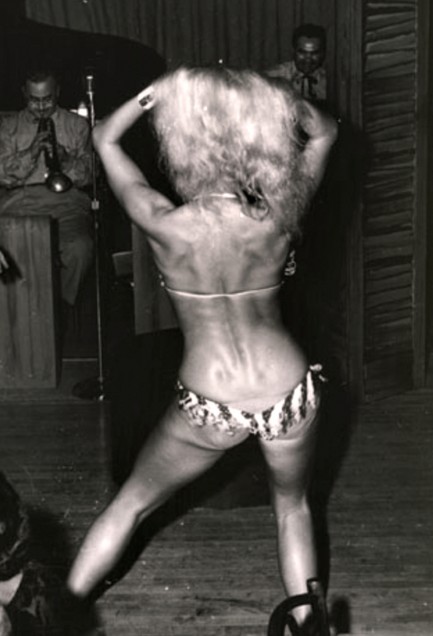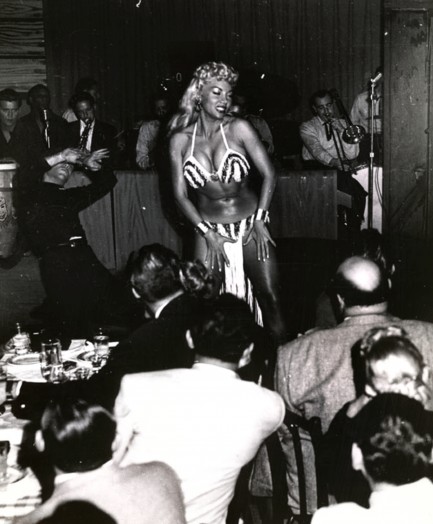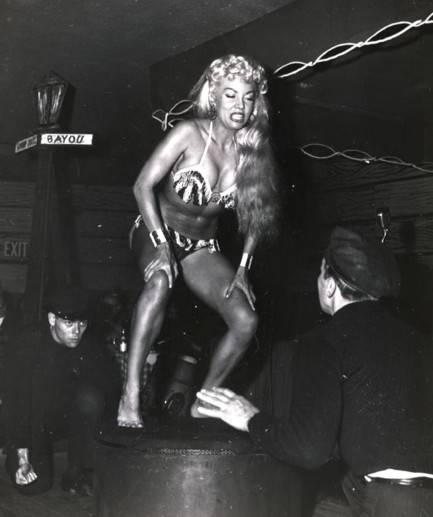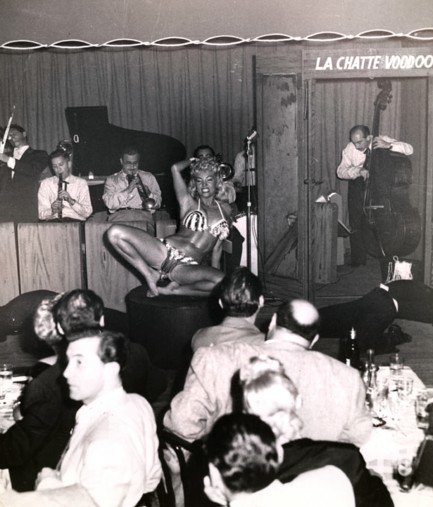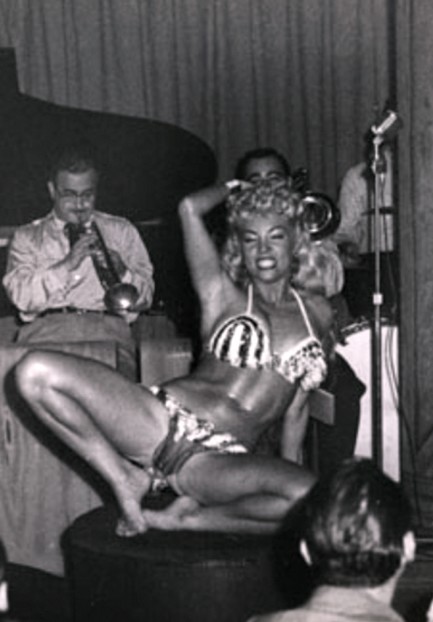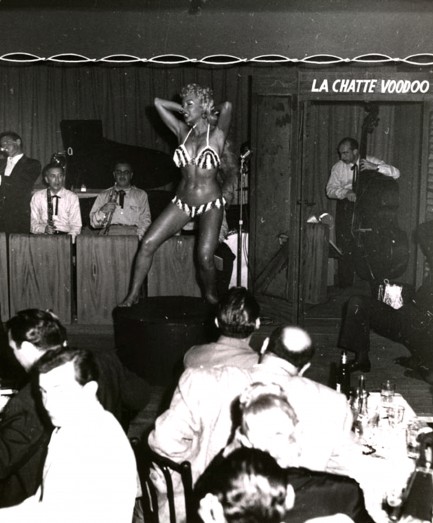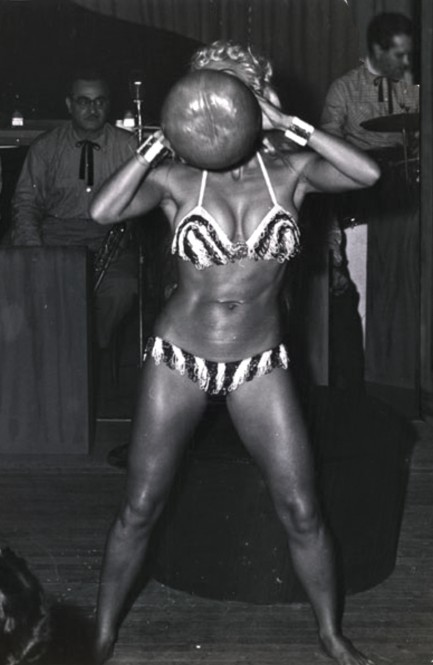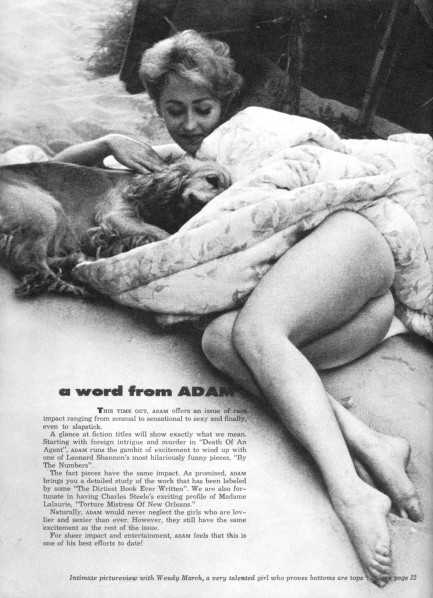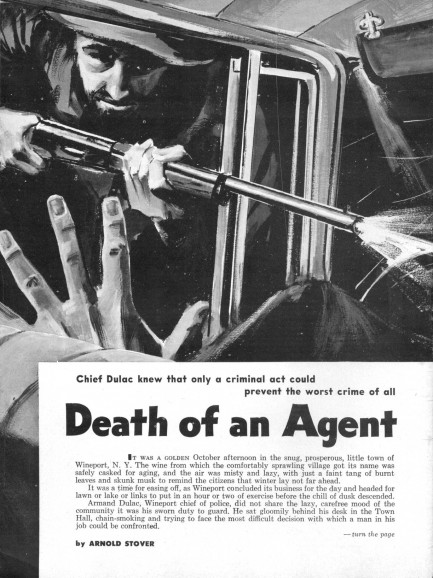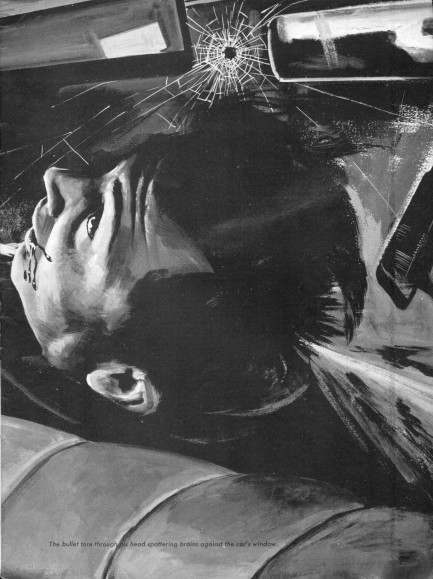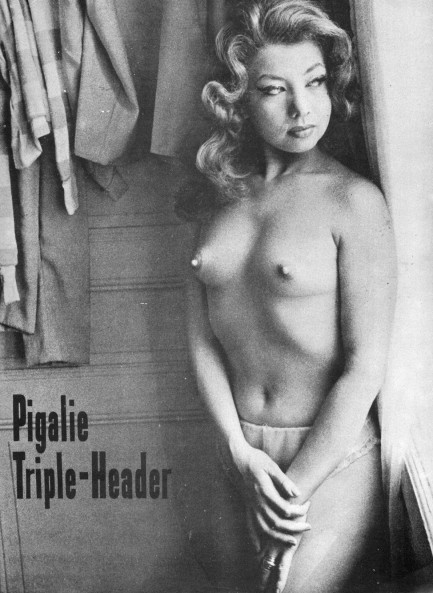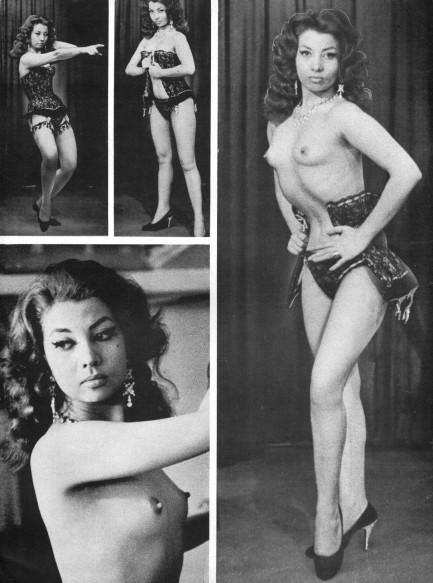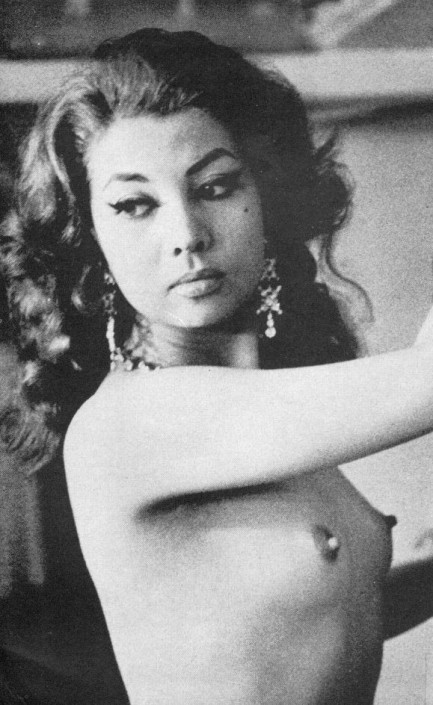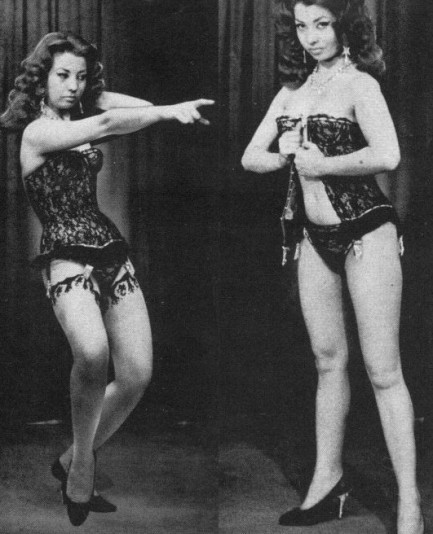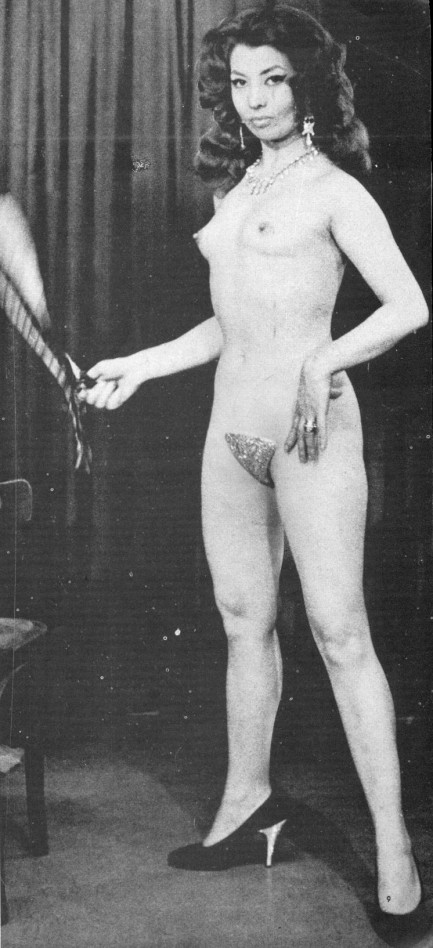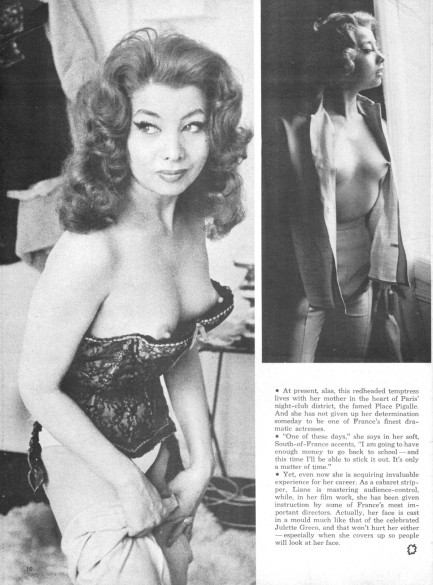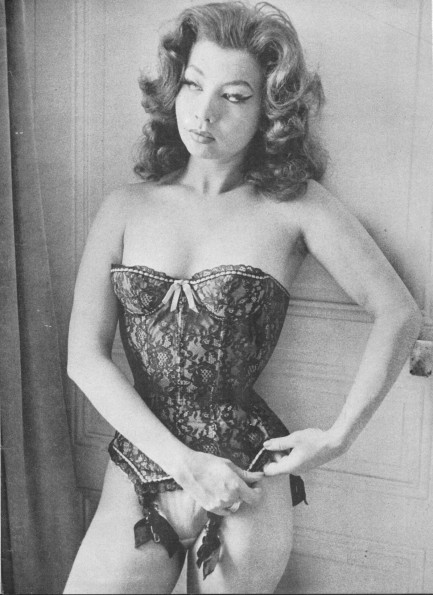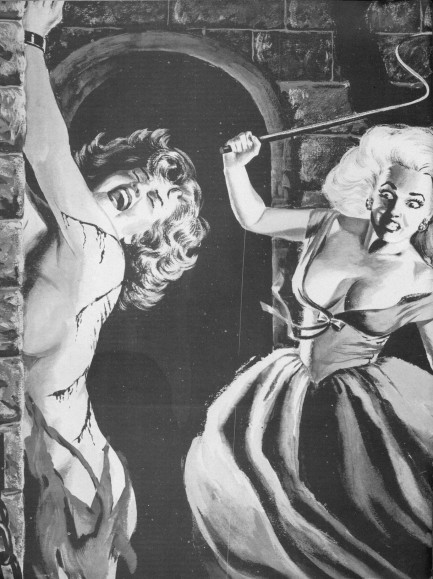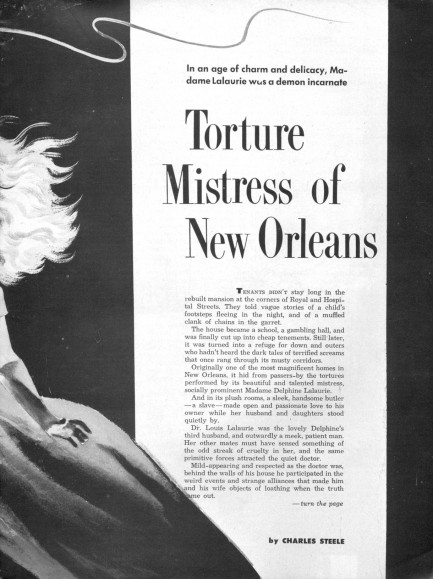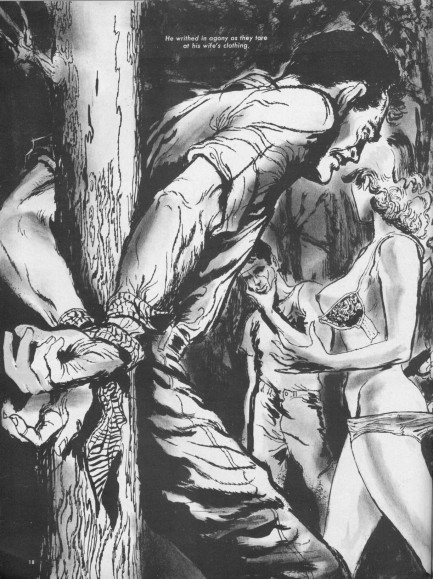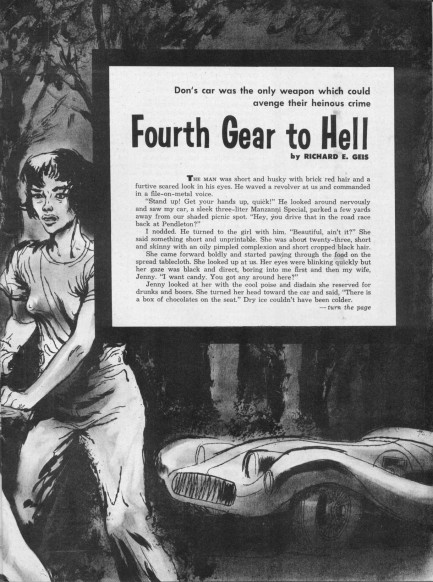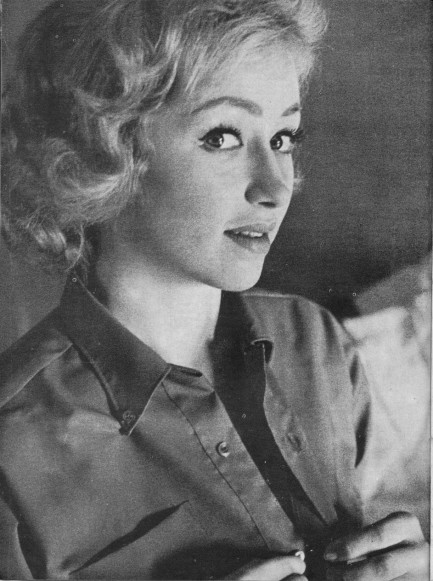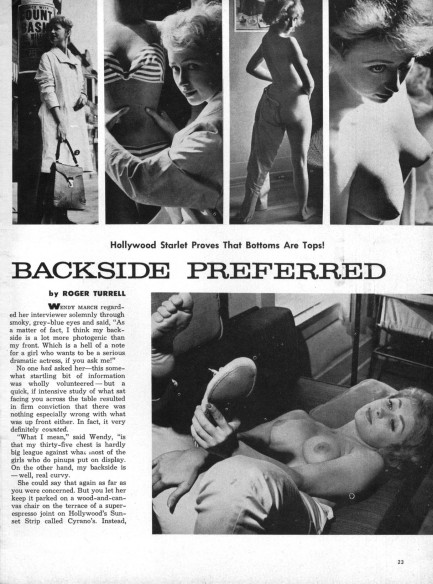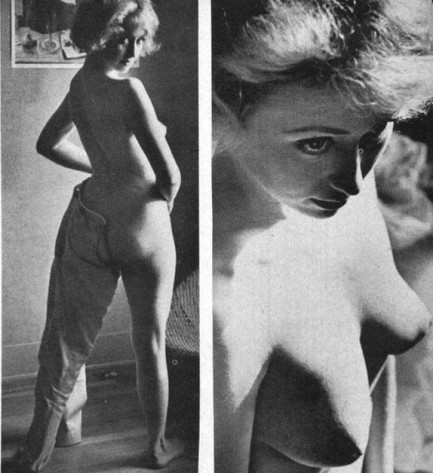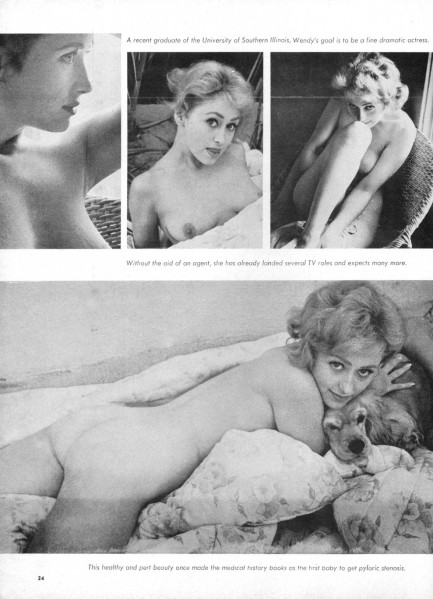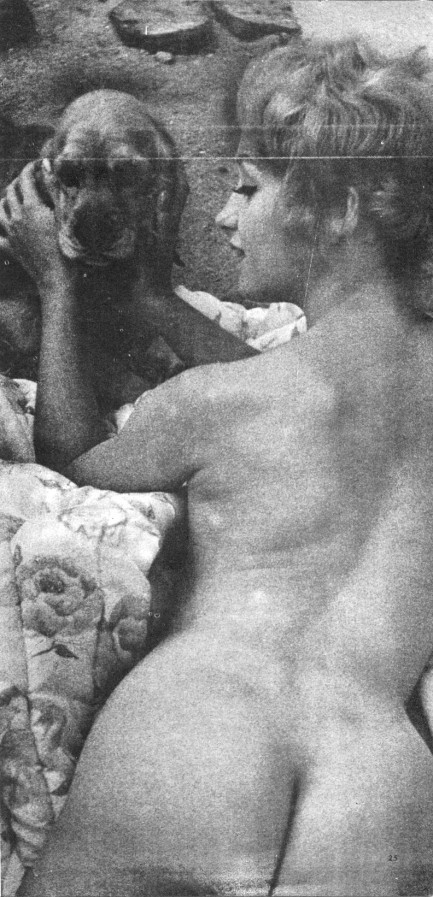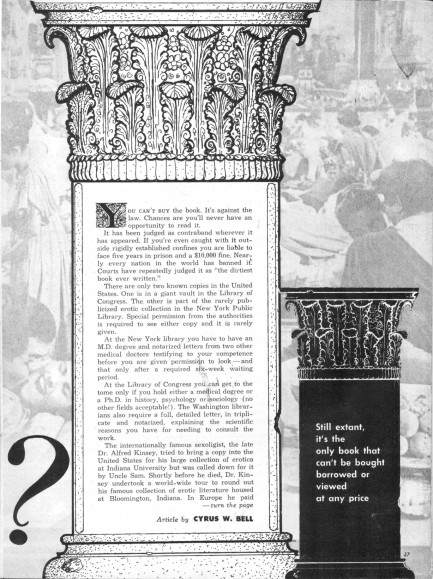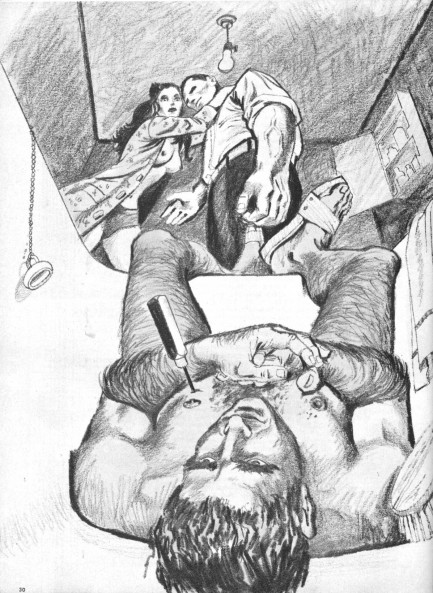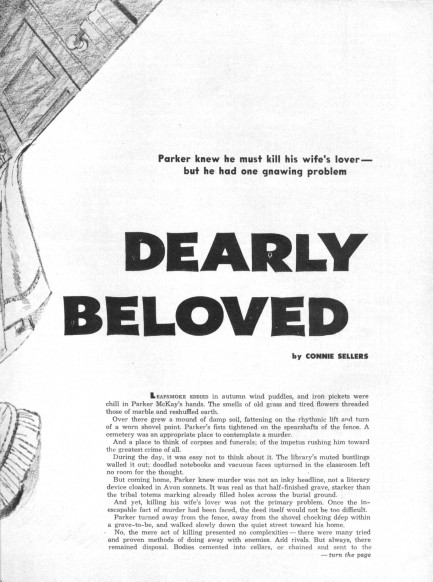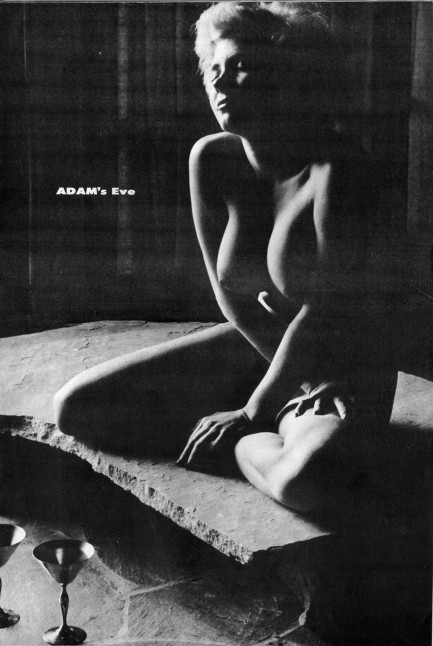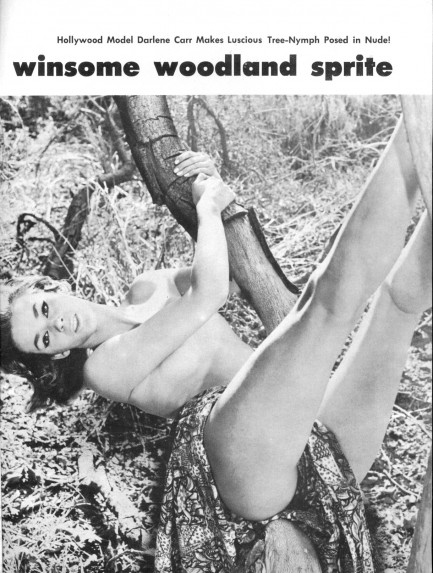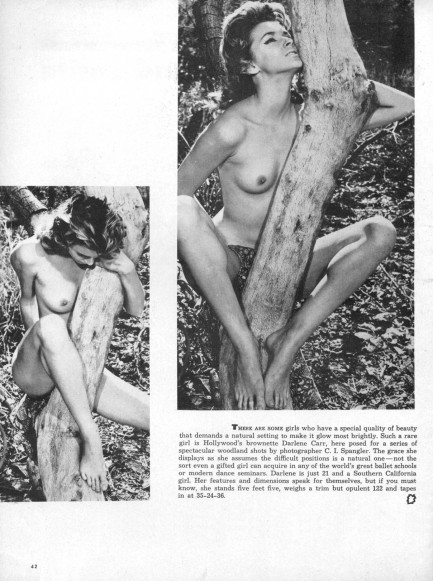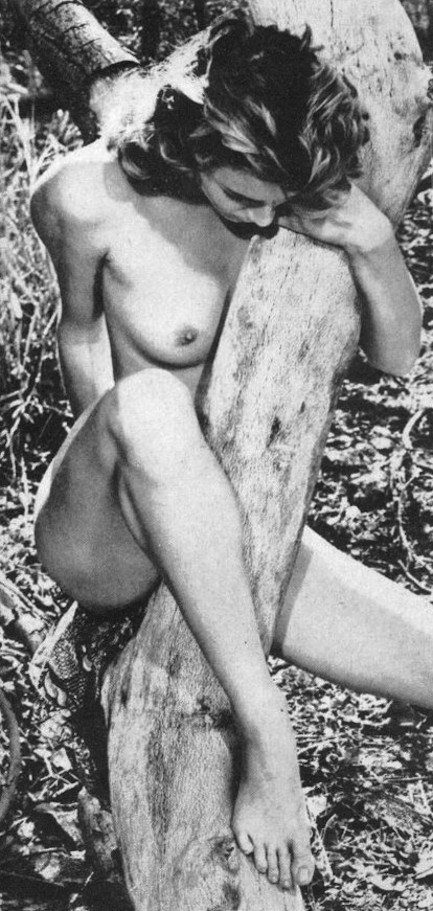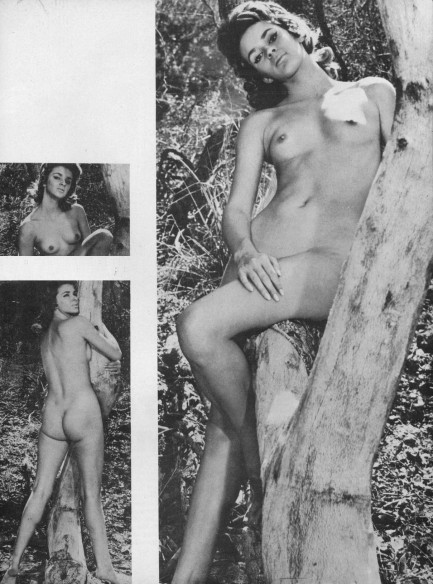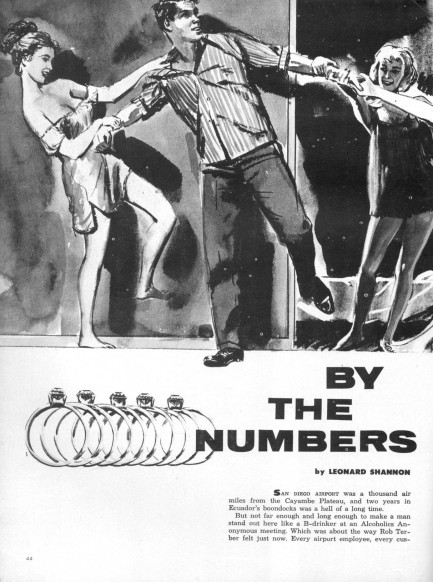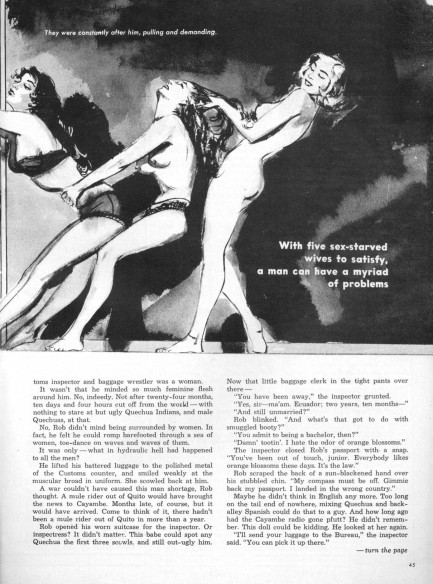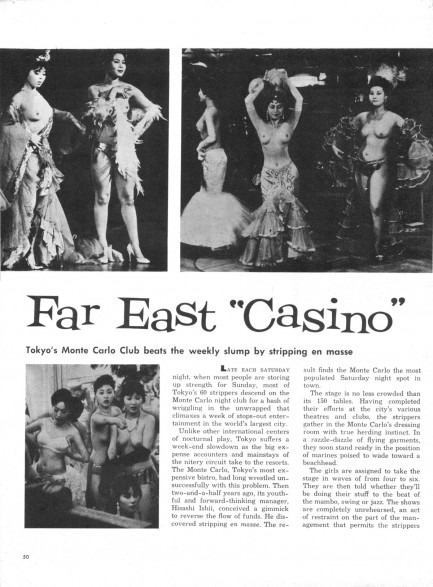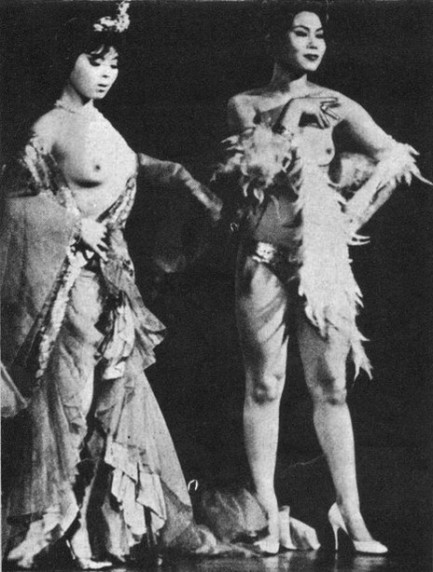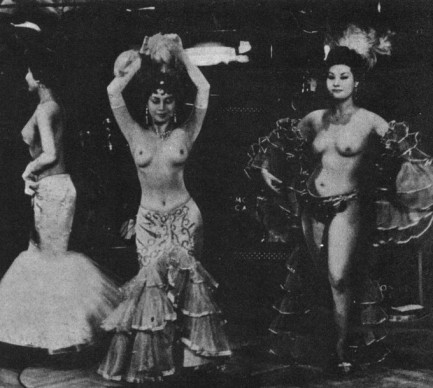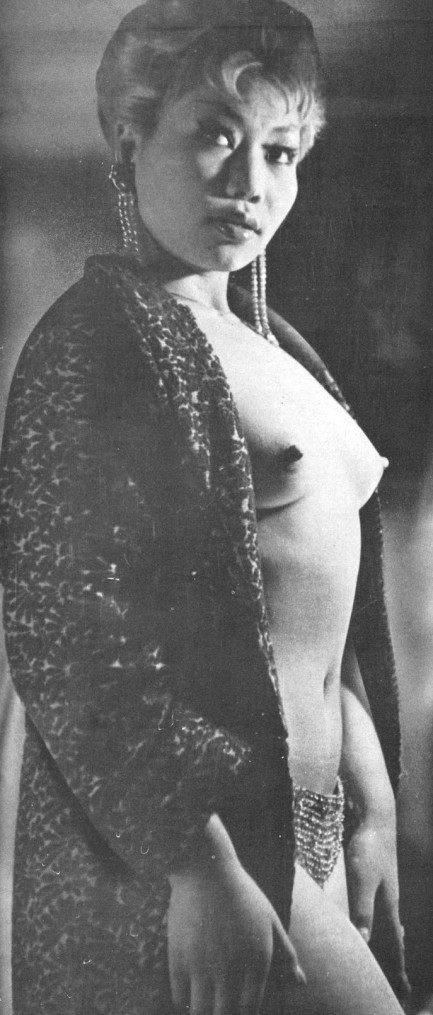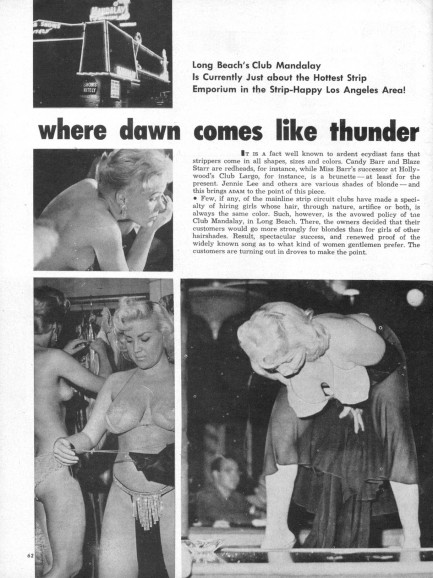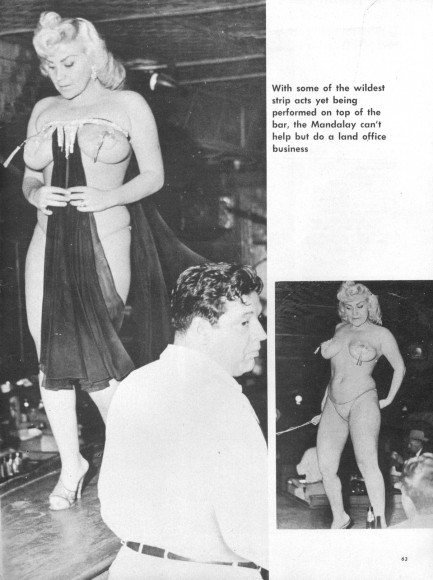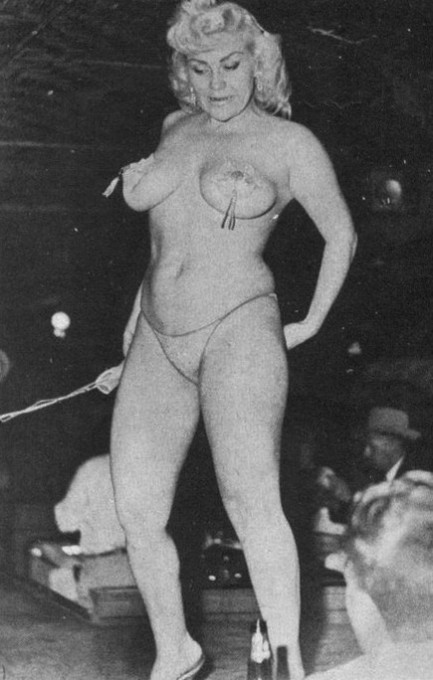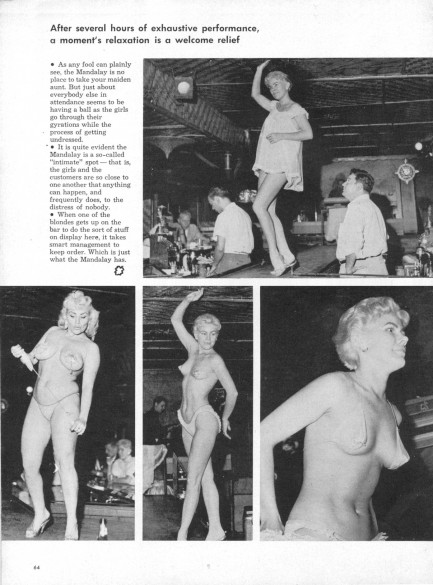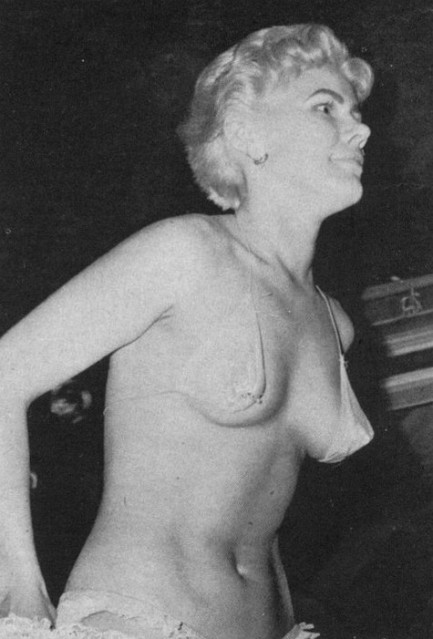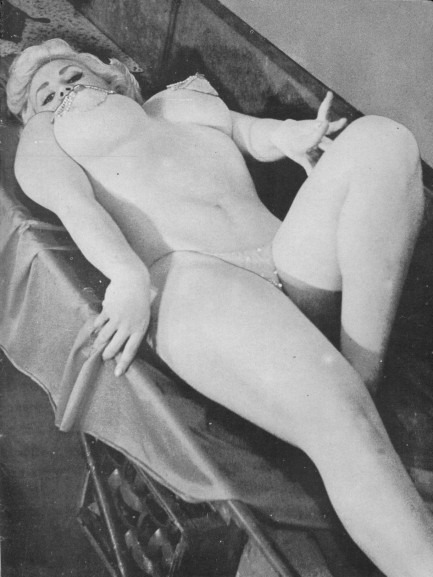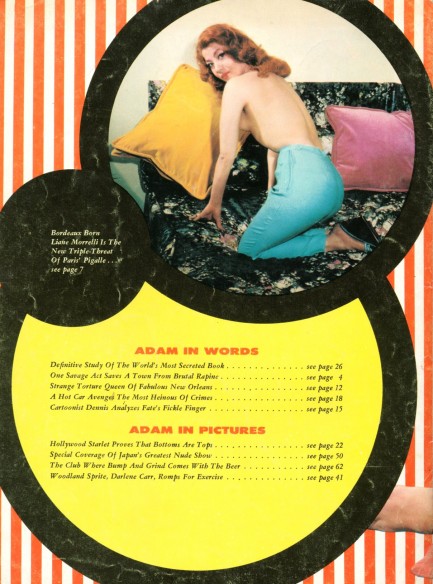 Think your boss is bad? Then you've never dealt with a mob boss. 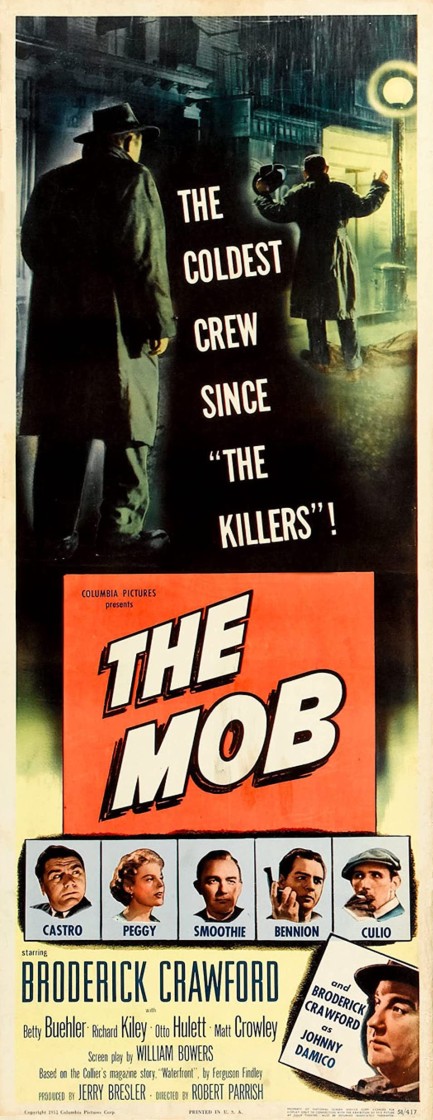
Falling into the category of pleasant surprises, The Mob, for which you see an evocative promo poster above, stars Broderick Crawford as a cop sent to infiltrate an organized crime syndicate. You've seen the idea before. He works his way up the ladder and brings the bad guys down, but this iteration comes with brisk pacing, a set of unpredictable twists, and a supporting cast that includes Ernest Borgine, Richard Kiley, and Lynn Baggett. If you keep your eyes open you might even spot Charles Bronson.
Crawford had already won an Academy Award and a Golden Globe for 1949's All the King's Men, so he unsurprisingly does a bang-up job in this film, instilling his deep cover cop with believable toughness and a gruff but relatable humanity. Crawford would later appear in such excellent films as Scandal Sheet, New York Confidential, Born Yesterday, and Human Desire, but The Mob may be his underrated classic.
The only flaw with this film, in our opinion, is a goofball denouement. We suppose, after ninety minutes of almost nonstop high tension, the filmmakers wanted audiences to leave smiling, and we're sure they did, because the scene, while dumb, is pretty funny. But in any case, we recommend giving The Mob a whirl. You'll enjoy it. It opened nationally in the U.S. in late September, but had its actual debut at special premiere today in Dayton, Ohio (why, we don't know) in 1951.
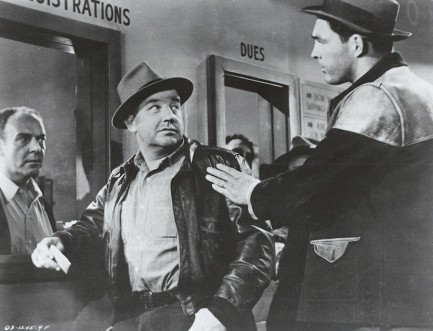 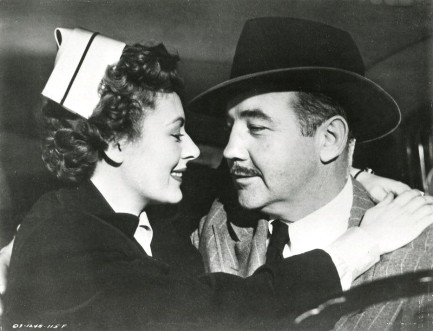 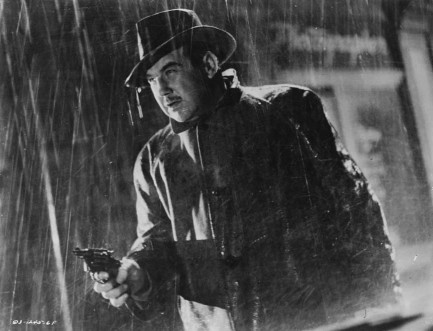 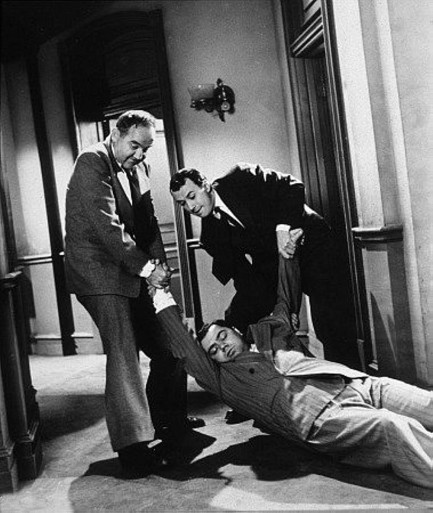 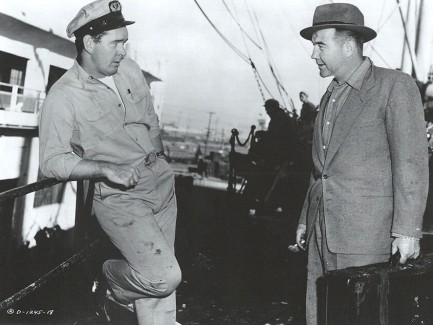 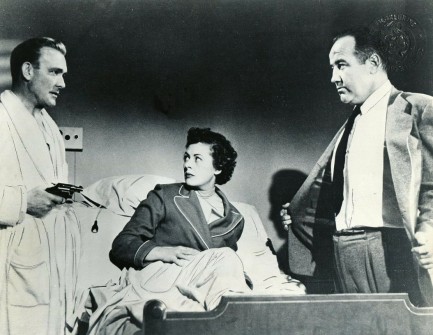 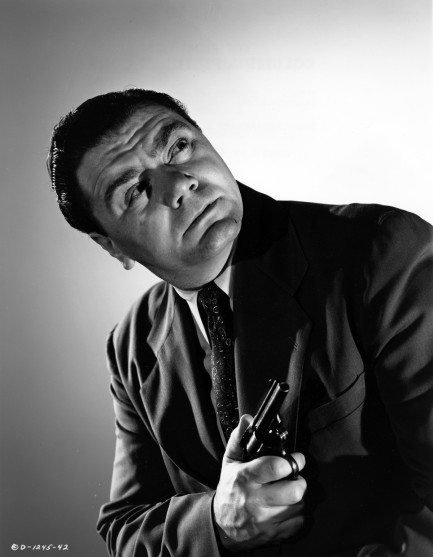 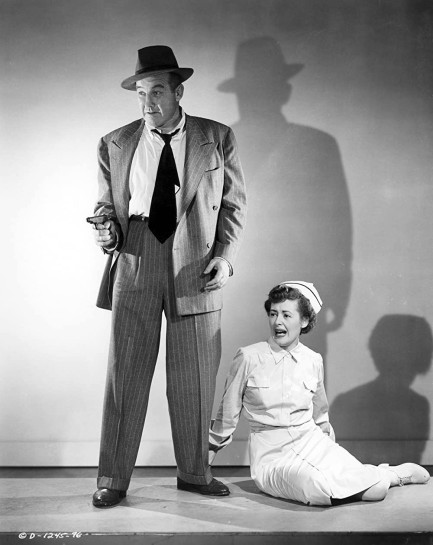
 I asked if you had a request. Never playing piano again as long as I live doesn't count. 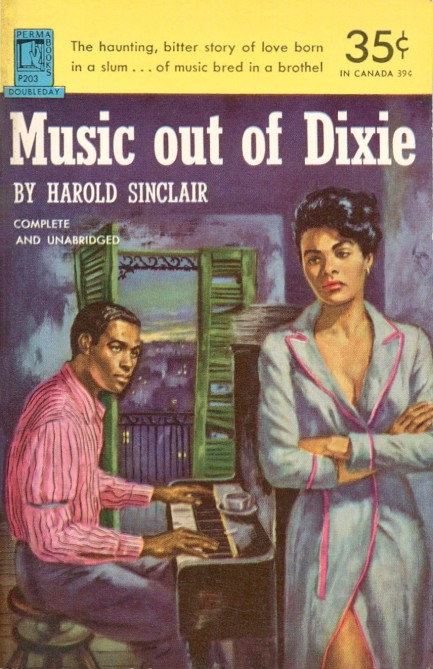
Above is a cover for Harold Sinclair's Music out of Dixie, 1952, from Perma Books. The cover art—which we left out of our recent collection of jazz covers for usage today—is by Owen Kampen, and looking at the moment he's captured, plus the city backdrop seen beyond the shutters, we think he's done excellent work. Don't let our juvenile little quip fool you—this is a well-written and serious book (you can tell it's serious before even opening it because it's more than twice as long as the average paperback) that follows fictional jazz legend Dade Tarrant from his impoverished childhood through his rise to musical significance. It's also pretty much the most New Orleans book you can ever hope to read. Sinclair leaves no stone unturned, from funeral processions to whorehouses, from the beflowered Garden District to dirty and dangerous Storyville, with multiple passes—of course—at Mardi Gras, and even choosing to make a minor character of real-life jazz legend Jelly Roll Morton.
Sinclair loves this subject matter, clearly, and he gets so much correct, for example the fact that “jazz” was a synonym for “jism” or “jizz.” He also explains how black jazz musicians were frozen out of early recording opportunities so that late arriving white musicians could copy the form and profit from it. The concept of recording music for money is so new at this point (the book mainly takes place around 1920) that the New Orleans trailblazers don't even realize what they're losing. There's an obvious irony in a white writer getting an early crack at describing and profiting from the most black of art forms, and it must have crossed Sinclair's mind when he described Tarrant wondering who the hell these white musicians were that he never saw in town even once but who were selling New Orleans jazz. Tarrant goes on to experience many of the ups and downs you'd expect, and though none of it's new, it's usually not written with such confidence and sense of place.
If there's a flaw here, it's his heavy-handed approach to black vernacular speech. Sinclair goes so far that the dialogue is sometimes a bit of a slog. Modern writers use a light touch with accents because they've learned that once you describe a character's ethnic or geographical background, with a word here or there readers will supply accents in their own heads. With a character from France, you don't have to write, “Zees musique ees vairy niiice.” The problem with Sinclair's approach is especially noticeable when white characters from New Orleans speak unaccented English, which isn't the case in real life. So there's cultural bias in the book, which will sometimes creep in even when an author writes of others respectfully. But it's still great work. The New York Times called it the “first novel to have been derived from the rich materials of New Orleans jazz.” The first ever? Hmm... well, we won't argue. Music out of Dixie is a recommended read.
 Louisiana territory proves extremely inhospitable in 1957 manhunt thriller. 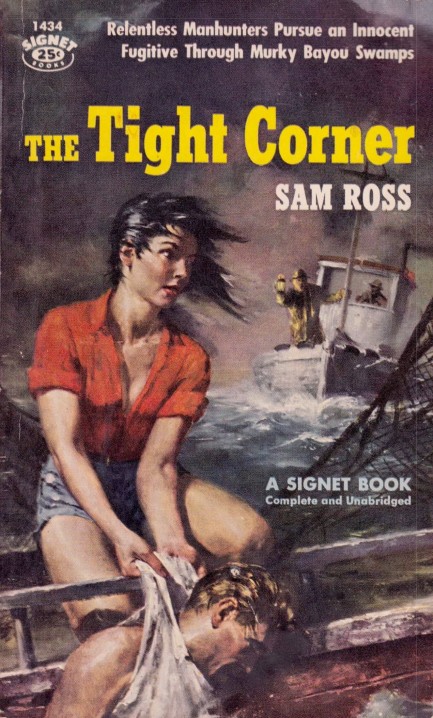
We bought The Tight Corner by Sam Ross because it was cheap. We knew nothing about Ross, and the uncredited cover art is decent but not special. But price sometimes wins, so we found ourselves reading a five dollar paperback about an ex-boxer named Tommy Berk who gets tangled up in a gambling scam gone wrong, is hunted by police for a murder he didn't commit, and after being shot and falling off a ferry in the Mississippi River Delta near New Orleans, is rescued by a Cajun fisherman and his sister as they take their shrimp boat out to sea.
Meanwhile, back on land, Berk's partners in the scam are looking for him to kill him. They're a diverse trio. Steve is a cold, calculating sociopath, but one with a secret weakness; Willy is an addle-brained killer, a trained attack dog; and Vi is a femme fatale who serves as the plot's honeytrap but is looking for a way to get out of the criminal life. It doesn't take long for them to realize Berk is somewhere at sea and has no choice but to come back sooner or later. When he does, they'll be waiting.
The Tight Corner is why we love buying vintage books. It's well written. Its bayou and ocean setting, simple but believable plot, and hard luck main character you end up liking all work in its favor. In addition, the prose has a lyrical style that's pleasing to read:
It was all mixed up in him and he saw himself swirling in her sea-green eyes. All at once, in the way she gazed at him, he seemed to plunge into them. He found himself close to her. And when he kissed her, he felt the sun she had been under all her life melt through him.
There are page-long passages written in that style and they're mostly interesting, though the book's dialogue suffers from name overusage. You know what we mean:
“It takes a lot of living to grow up, Jo.”
“Why'd he leave us, Adam?”
“Animals in a trap do strange things, Jo.”
“But I don't understand, Adam.”
People don't talk like that, so we generally take it as a sign of a bad ear for dialogue, but Ross does well with Cajun vernacular. He doesn't try to write their accents. Instead he uses careful word choices to lightly infuse their speech with the correct flavor. It works, and in the end, that and other positives outweigh the negatives, making The Tight Corner a saga that entertained us greatly. If you see it somewhere at a reasonable price, we think it's worth a read.
 For this act you better get your folding money ready too. 
This is an item you see other places around the internet, but we like it enough to post it anyway. It's a foldable table tent of Lilly Christine made around 1956 for the dual purpose of promoting one of the world's most famous burlesque dancers, and serving as a price list for drinks. This was made for Leon Prima's 500 Club in New Orleans, and a glance at the other side reveals that the price list was short: all drinks—$2.55; repeat drinks $1.55. Does that strike you as pretty steep for 1956? Us too. Plugging that into the old currency converter we get a 2022 price of—holy shit!—$27.28 for that first drink. Prices like that will certainly keep the riff-raff out. The back of this particular table tent was written on by a guest (see below). It's dated October 10, 1956, and declares: Lilly is a really beautiful and sensuous creature and an “artist” (quotation marks in original). It also says her harem gave a sensational performance too, and since her harem was male that strikes us as a nicely enlightened comment for the time. We'd 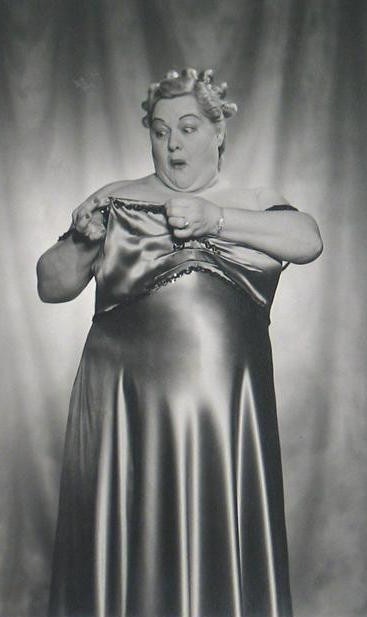 think most customers would be dismayed seeing muscular hunks up there with the object of their lust, but not this person. think most customers would be dismayed seeing muscular hunks up there with the object of their lust, but not this person.
You'll also notice the table tent advertises a second act named Carrie Finnell. We bet you've never heard of her, but she was an early—if not original—burlesque dancer who was born twenty years before Christine and had carved out an impressive career on the live stage, first as a Ziegfeld Girl, then as a peeler. You see her here checking to make sure her right boob is still where it's supposed to be. The legend goes that Finnell was famous for the gimmick of the world longest striptease, which involved removing an article of clothing each week to higher and higher admission fees. It lasted fifty-four weeks. That's a lot of clothes, but then Finnell was a lot of woman. It's also a lot to pay, whether you take the entire multi-week journey or show up just for the finale, but since Finnell mainly danced in Cleveland we're betting the drinks weren't $2.55. So that's something, at least. It's interesting, don't you think, that in the 500 Club a lifetime ago you had nights of gender equality (female and male erotic dancers on the same stage) and body equality (Finnell)? It's amazing the things that were done long before anyone thought to get exercised about them. We've cleaned up the table tent a bit from the form in which we found it, but it's still a bit worn, so we thought we'd give you Lilly—unfolded, unbent, uncreased, and incomparable—below. And of course we have plenty more of her in the website, so feel free to look around. She'll be back. That's a promise. 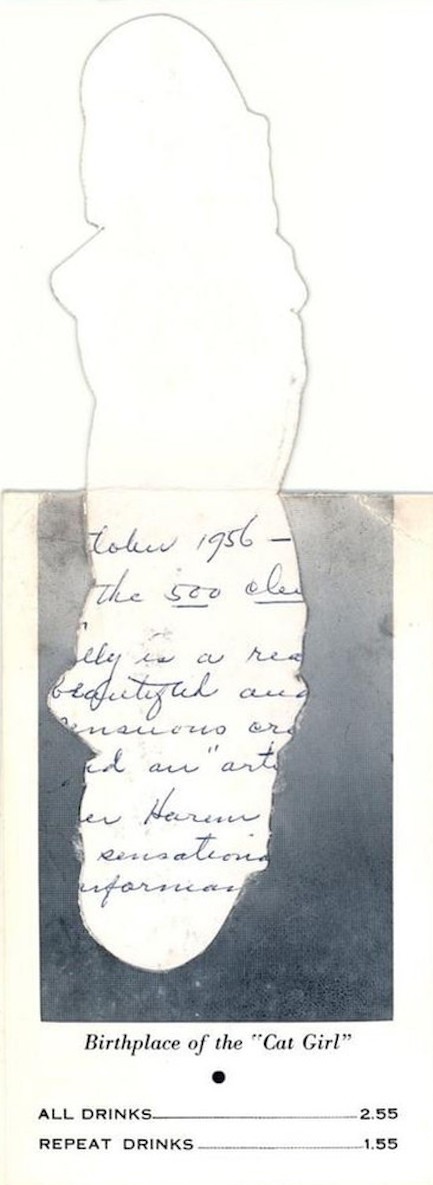 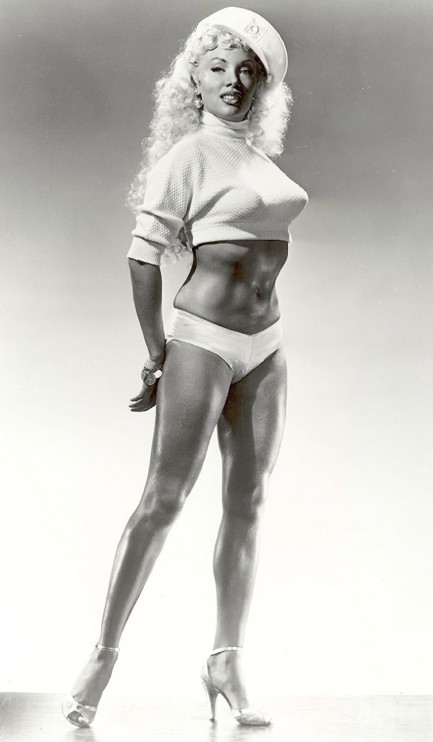
 It's getting late, fellas. I really should be in bed with someone by now. 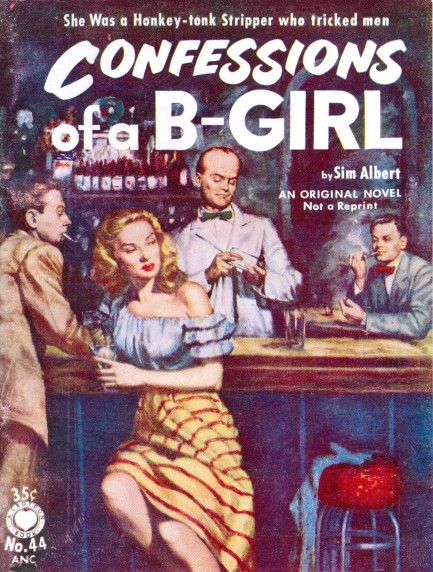
Sim Albert's 1953 Croydon Books novel Confessions of a B-Girl, which features cover art by Lou Marchetti, tells the story of a New Orleans stripper named Peg Christy who wants to get out of the racket before it turns her into a prostitute. She takes in a naive nineteen-year-old who's arrived in town penniless, and when the girl's hot uncle shows up Peg suddenly develops the courage to take a stab at reform and romance. Of course, she sort of forgets to tell uncle hunk she's a nightclub dancer, and that, along with the club owner's homicidal streak and her young roomie's assorted problems, provide the drama in the tale. Sleaze digests generally give you sex, misunderstanding, sex with the wrong guy, heartbreak, sex, and redemption, and Confessions of a B-Girl does basically that, but with less sex, and a dose of surrogate motherhood thrown in. It's no better than average quality for the genre, but we're glad we bought it because we're suckers for novels about burlesque dancers. Marchetti's art, by the way, fits nicely into our collection of bar covers, which you can see here.
 Whatever it is that girl put a spell on me. 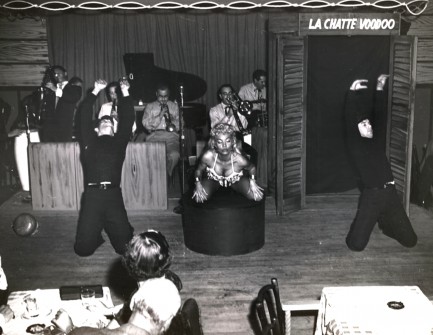
Yes, we know. We've mixed and matched Jimi Hendrix. The line about putting a spell on him is actually from “Purple Haze” not “Voodoo Chile.” Doesn't matter. It fits. Above, returning for yet another engagement at Pulp Intl., is legendary burlesque dancer Lilly Christine, aka The Cat Girl. These shots were made, as were the last we shared, at the 500 Club in New Orleans, where she performed regularly. In the final one, in case it isn't clear, she's drinking or pretending to drink out of a gourd. After which... maybe she spit liquid all over herself to make her skin all slippery and gleaming. Not that something like that would turn us on. But it would some people.
In any case, these photos are interesting not only for Christine's outfit and gyrations, but because they show a bit of the crowd, and the presence of two female heads gives an indication of how co-ed burlesque shows were back in the day. Women wanted to see erotic spectacles too, and we can only imagine they left highly impressed. The guys, meanwhile, we're sure left highly inspired. And when those two reactions meet! Sparks fly in the coital bed. That's what burlesque is all about. Yes, it's an art form, but it's an art form designed to give you a boner. Don't let anyone tell you differently. See plenty more burlesque imagery here.
 U.S. Adam goes in search of adult entertainment after dark. 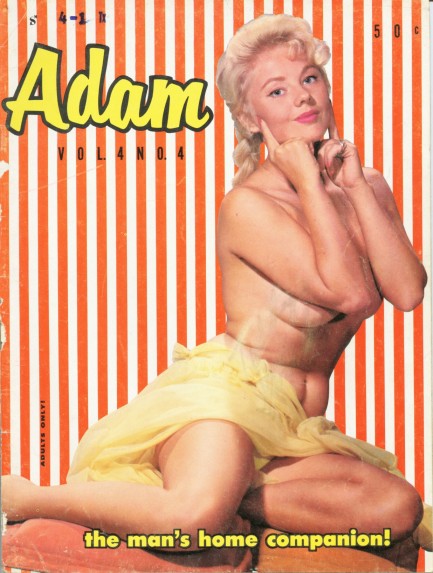
We're taking a break from the Australian Adam magazine to remind everyone that the unrelated U.S. men's magazine Adam was also filled with colorful art, fun fiction, weird facts, and beautiful models—in this case Danish pin-up and centerfold Elsa Sorensen, aka Dane Arden, who you see on the cover. We still think the down under Adam is the best, but northern Adam is always worth a look, and this issue published in 1960 is a representative example. Actually, there were two northern Adams. There was a French magazine of that name too, unrelated to the others. We've been meaning to locate one to buy online, but the price hasn't been right yet.
Anyway, this issue of Adam contains the usual fiction and humor, plus features on strip clubs in Paris, Tokyo, and Long Beach, a profile on New Orleans torture mistress Madame Delphine Lelaurie, and other pleasures of the evening. It also highlights the “dirtiest book ever written”—supposedly Il Commandante di Pompeii, which we suppose can keep you company on lonely nights if you don't get to Paris, Tokyo, or Long Beach. We have many scans below, and other issues of U.S. Adam you can find here, here, here, and here. And if you're interested in the Aussie Adam we have scans from almost seventy issues in the website, and you can see them by starting here.
 Sparks fly when Hollywood bigshots tangle. 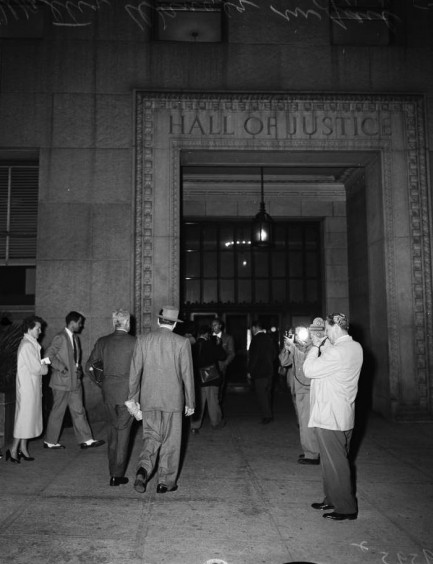
The above photo, which was made today in 1952, shows Los Angeles film producer Walter Wanger entering the L.A. Hall of Justice. Wanger was one side of a Hollywood love triangle, and perpetrator of one of Tinseltown's most storied crimes. He had learned that his wife, actress Joan Bennett, was cheating on him with her agent Jennings Lang. Wanger decided to deal with the issue by trying to shoot Lang in his wanger. Stories vary concerning whether he actually managed to Jake Barnes the guy, but most reputable sources say he missed his target and instead hit Lang in the thigh, groin, or both, depending on which account you read. That was in December 1951. Wanger would be arrested for assault with intent to commit murder.
In the photos below, also from today 1952, you see Wanger inside the courthouse preparing to answer for those charges. At his side is Hollywood superlawyer Jerry Giesler. You'd think even a superlawyer would have a difficult task defending a client who tried to to eunuch a guy, but this was Giesler. Beating impossible odds was his calling card. He opted for the temporary insanity defense, and thanks to him, Wanger drew a mere four months at a country club jail called Castaic Honor Farm—fitting for an inmate who claimed to be defending his honor. There Wanger worked in the sun planting cabbages and probably pondered what had gone wrong in his marriage leading up to that fateful 1951 shooting.
Some accounts claim Wanger merely suspected Bennett of cheating, but others claim convincingly that Wanger knew it for a fact, because he'd hired a detective who found that the lovebirds had met in New Orleans, the Caribbean, and in a Beverly Hills apartment owned by one of Wanger’s friends, the agent Jay Kanter. Despite his wife's transgressions, Wanger must have found some form of peace out there under the Castaic sun, because he remained married to Bennett for fourteen more years. The wounded Lang recovered fully, and presumably used his wanger on safer partners. A few years after his near miss he married and stayed married until he died. As for Bennett, her career declined sharply, and she believed it was because of the shooting. She felt she had been blacklisted. She once said, “I might as well have pulled the trigger myself.” 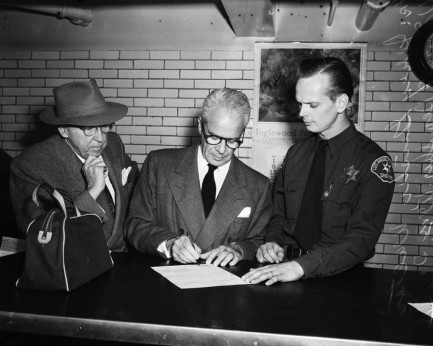 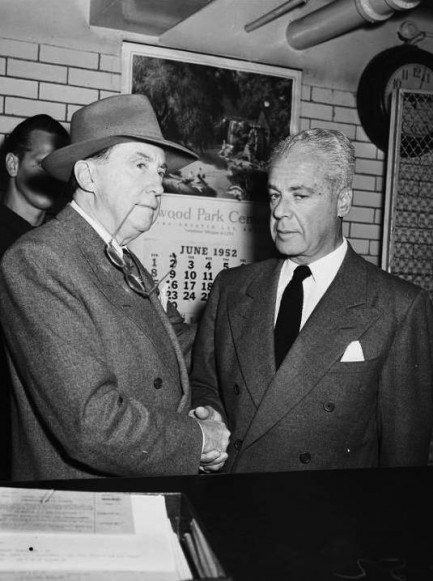 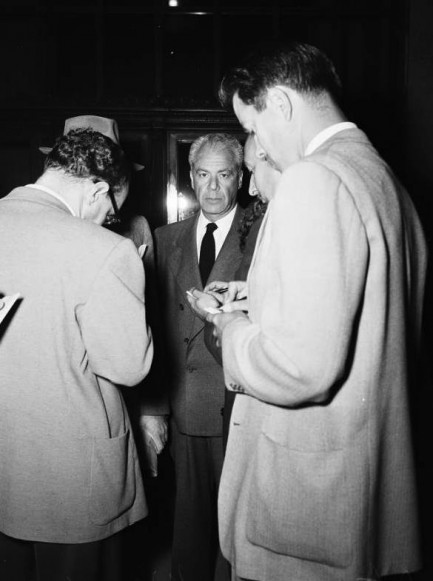
 Here's to us waking up bewildered and trying to piece together tonight from fragmentary memories and vague sensations of shame. 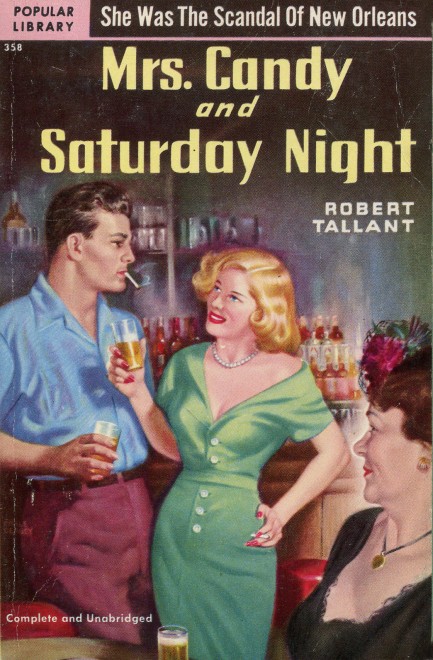
Above, a cover for Robert Tallant's Mrs. Candy and Saturday Night. Basically, a woman who runs a New Orleans boarding house filled with unusual renters and a ghost decides to throw a party, which turns out wilder than she expected and leads to some startling revelations about the occupants. Written to span twenty-four hours, the book was well received enough to spawn two sequels, Love and Mrs. Candy and Mrs. Candy Strikes It Rich. The success was not a surprise. Tallant was born in New Orleans, was already experienced writing about it through other published books, and obviously loved the place, quirks and all. If you're looking for real Crescent City feel in a mid-century novel, with jambalaya, voodoo, and all the rest, Mrs. Candy and Saturday Night is it. It's originally copyright 1947, with this Popular Library paperback with Earle Bergey cover art coming in 1951.
 Oh, just hanging around the apartment making sure my liver knows who's boss. What about you? 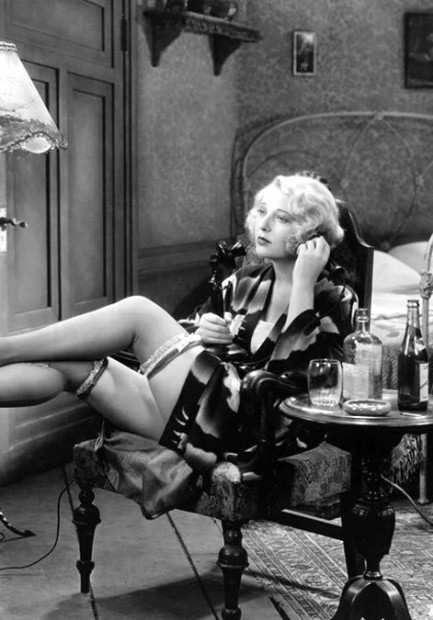
Above is a promo photo of U.S. actress Dorothy Mackaill having a confab and several nightcaps in the 1931 crime drama Safe in Hell, in which she played a New Orleans prostitute who accidentally kills an abusive man and tries to escape to the Caribbean. Like many films made before censorship came into effect in the form of the Hays Code, it's racy stuff for the era, made for an audience of mature, intelligent adults. It's also quite good, though possibly hard to find. If you get a chance, be sure to check it out.

|
 |

The headlines that mattered yesteryear.
2003—Hope Dies
Film legend Bob Hope dies of pneumonia two months after celebrating his 100th birthday. 1945—Churchill Given the Sack
In spite of admiring Winston Churchill as a great wartime leader, Britons elect
Clement Attlee the nation's new prime minister in a sweeping victory for the Labour Party over the Conservatives. 1952—Evita Peron Dies
Eva Duarte de Peron, aka Evita, wife of the president of the Argentine Republic, dies from cancer at age 33. Evita had brought the working classes into a position of political power never witnessed before, but was hated by the nation's powerful military class. She is lain to rest in Milan, Italy in a secret grave under a nun's name, but is eventually returned to Argentina for reburial beside her husband in 1974. 1943—Mussolini Calls It Quits
Italian dictator Benito Mussolini steps down as head of the armed forces and the government. It soon becomes clear that Il Duce did not relinquish power voluntarily, but was forced to resign after former Fascist colleagues turned against him. He is later installed by Germany as leader of the Italian Social Republic in the north of the country, but is killed by partisans in 1945.
|

|
|

It's easy. We have an uploader that makes it a snap. Use it to submit your art, text, header, and subhead. Your post can be funny, serious, or anything in between, as long as it's vintage pulp. You'll get a byline and experience the fleeting pride of free authorship. We'll edit your post for typos, but the rest is up to you. Click here to give us your best shot.

|
|
















 think most customers would be dismayed seeing muscular hunks up there with the object of their lust, but not this person.
think most customers would be dismayed seeing muscular hunks up there with the object of their lust, but not this person.





